The Wonder of Animals - Season 1
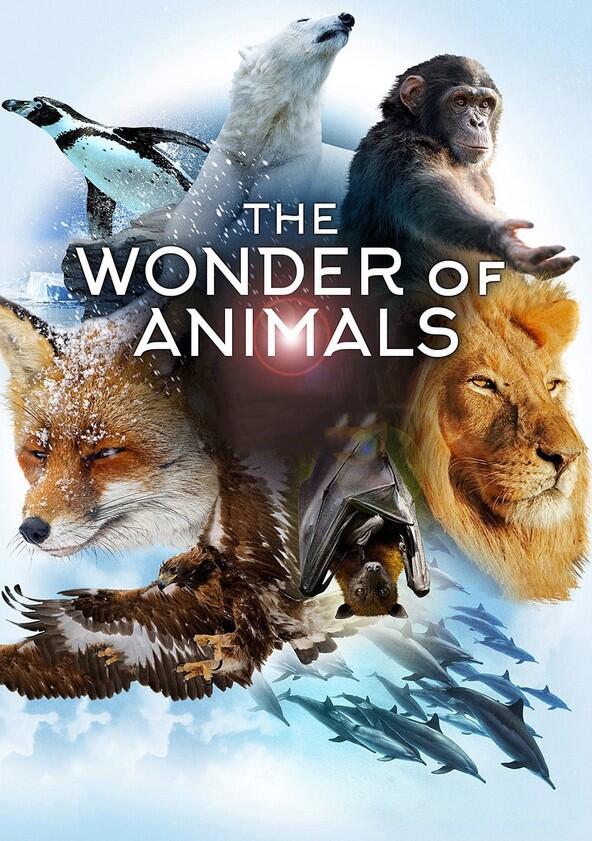
Season 1

Episodes
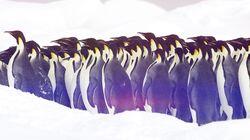
Penguins
At first sight, penguins seem ill-suited to their environment - rotund abdomens, stubby little legs and stiff wings appear to make the going tough. But in fact it is these very traits that enable this bird to thrive.
Chris explores details of the penguin's anatomy, using new scientific research to reveal how its legs, wings and body shape have allowed it to conquer an extraordinary range of habitats, from deep forests to tropical waters, bustling cities and even the toughest place on the planet - Antarctica.
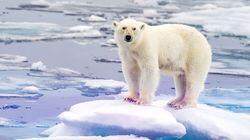
Bears
Bears can live in practically every habitat on Earth, from tropical jungles to the Arctic Ocean. Wherever they are found, they are capable of surviving extreme conditions and extracting the highest-quality food.
Detailing the latest research, Chris Packham explores the specialised adaptations that have enabled bears to thrive, including how a polar bear's hollow fur allows it to feed throughout the gruelling Arctic winter, whilst a state of 'walking hibernation' sees it through the summer months.
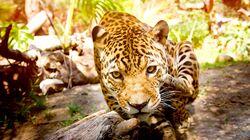
Big Cats
Chris Packham delves beneath the skin of the big cats to explore what makes them such good hunters, and he reveals that it is not all about brawn.
New scientific research shows how subtle adaptations in their anatomy and physiology contribute to the success of all stages of a big cat hunt: the stalk, the capture and the kill.
Leg hairs help the leopard to stalk and intricate muscle fibres drive the snow leopard to capture its prey. For the jaguar, jaw muscles and whiskers combine to give it a precision bite that can take down a caiman, and an enlarged area of the lioness's brain gives it the edge over all their big cat cousins.
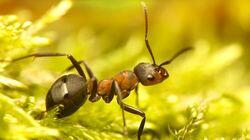
Ants
The 100 trillion ants in the world weigh as much as all the people on earth and have colonised the planet like no other animal.
Chris Packham explores the ingenious ways in which ants have collaborated to achieve their global success - natural air-conditioning systems keep ants cool in their nests, shelters made from their own bodies protect nomadic ants from the elements and a sense of smell five times more powerful than other insects allows them to overpower animals hundreds of times larger than themselves.
Remarkably, new research reveals how ant colonies are capable of immunising themselves against diseases.

Foxes
Across the planet carnivores are struggling to compete in a world with a rocketing human population, but one predator is bucking the trend - the fox. Its numbers are increasing and its geographical range expanding.
Chris Packham explores the secrets to its success - its senses, its intelligence and its flexibility. New research reveals how its slit pupils enable it to hunt in the bright desert day; how it may be using the Earth's magnetic field to determine the location of prey during a pounce; and how regular exposure to rotting food is improving the health of the red fox, enabling it to hold its own in an increasingly urban landscape.

Elephants
Chris Packham explores the anatomy and physiology of the largest land animal on the planet - the elephant. Their size seems ill-suited to surviving the most arid regions of Africa, but their inner workings allow them to defy the extreme heat of the desert and find food and water in seemingly barren landscapes, while their extraordinary memory enables them to repel predators.
Chris reveals how hairs on the skin help keep elephants cool, how sensors in their feet may be able to guide them towards rain and how a unique pouch in their mouths stores water. Recent research has even discovered that elephants can distinguish between the voices of human friend and foe.
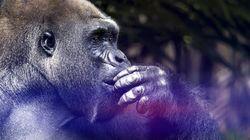
Great Apes
Chris Packham explores the evolution of the great ape's brain to reveal how different parts have been adapted over time by its anatomy, ingenuity and sociability, culminating in one of the most complex brains on the planet. Chris examines how the ability to use two hands asymmetrically sets the great ape apart from other tool-using animals and how social living is linked to the evolution of the amygdala in both humans and our ape cousins. New research reveals how bonobos' peace-loving reputation may have developed through a similar domestication process to that undergone by our pet dogs.
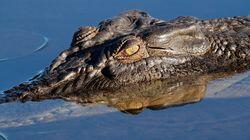
Crocodiles
Chris Packham explores what lies beneath a crocodile's hard exterior to discover the secret to its 250-million-year history. It may look like a relic from a prehistoric world, but the crocodile boasts one of the most sophisticated physiologies on the planet. By following all stages of a crocodile hunt, from the warm-up to the ambush and the kill, Chris reveals how their extraordinary circulatory system enables them to hold their breath underwater for over an hour, how exceptionally sensitive skin detects their prey through water from over 20m away and how antibacterial blood means they can feast on anthrax-ridden meat.
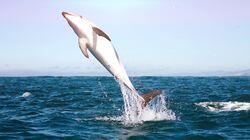
Dolphins
Chris Packham explores the success of the most widespread of marine mammals, the dolphin. Contrary to their amiable reputation, they are, in fact, ruthless predators. They hunt using a combination of specialised anatomy and complex communication, requiring a big brain.
Chris explains the inner workings of dolphin echolocation, reveals how a pod uses body movements to communicate the location of food and explores the strategies used by orcas during a hunt.
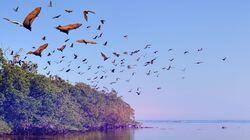
Bats
Bats have colonised remote corners of the planet to become one of most widespread mammals on earth. Chris Packham explores their incredible anatomy, physiology and senses to understand what enables them to thrive in some surprising places.
Tiny hairs on their wings give them a detailed air-flow map during flight, heat sensors on the nose of vampire bats means they can sense the most blood-rich areas of a prey's body and iron oxide particles in the bat brain may act as a compass allowing them to find the most direct route back to the roost.
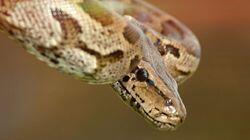
Snakes
Chris Packham delves beneath a snake's skin to discover what has made them some of the most successful predators on earth. Their simple body plan hides remarkable adaptations that enable them to rival their limbed, winged and finned counterparts.
Chris reveals the variety of ways in which snakes use their bodies not just to slither, but to climb, fly and swim. He explores how they use their senses to hunt, from heat-sensitive pits used to capture prey in the dark to tongues used to lure fish, and how venom acts not just to kill prey but also to predigest it.
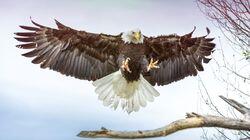
Birds of Prey
Chris Packham explores what enables birds of prey to rule the aerial roost. Their ability to dominate their fellow birds in terms of strength, manoeuvrability and phenomenal speed is down to a combination of anatomical and physiological adaptations.
Chris explains the internal workings of the bald eagle's ratchet talons and how sharp eyes and a gyroscopic head enable the goshawk to keep its sight firmly fixed on both its prey and its surroundings as it tears through the undergrowth. New research reveals how pop-up feathers on the peregrine falcon's back act like pits on a golf ball to reduce drag - allowing it to reach 220mph.
Recently Updated Shows

Invasion
Earth is visited by an alien species that threatens humanity's existence. Events unfold in real time through the eyes of five ordinary people across the globe as they struggle to make sense of the chaos unraveling around them.

Peacemaker
This James Gunn-created series continues the saga of Peacemaker, a vainglorious superhero/supervillain who believes in peace at any cost — no matter how many people he has to kill. After a miraculous recovery from his duel with Bloodsport, Peacemaker soon discovers that his freedom comes at a price.

48 Hours
48 Hours is a CBS news magazine that investigates intriguing crime and justice cases that touch on all aspects of the human experience. Over its long run, the show has helped exonerate wrongly convicted people, driven the reopening -- and resolution -- of cold cases, and changed numerous lives. CBS News correspondents offer an in-depth look into each story, with the emphasis on solving the mystery at its heart. The program and its team have earned critical acclaim, including 20 Emmys and three Peabody Awards.

Wednesday
Smart, sarcastic and a little dead inside, Wednesday Addams investigates a murder spree while making new friends — and foes — at Nevermore Academy.

Shifting Gears
Shifting Gears centers on Matt, a stubborn, widowed owner of a classic car restoration shop. When Matt's estranged daughter and her teenage kids move into his house, the real restoration begins.